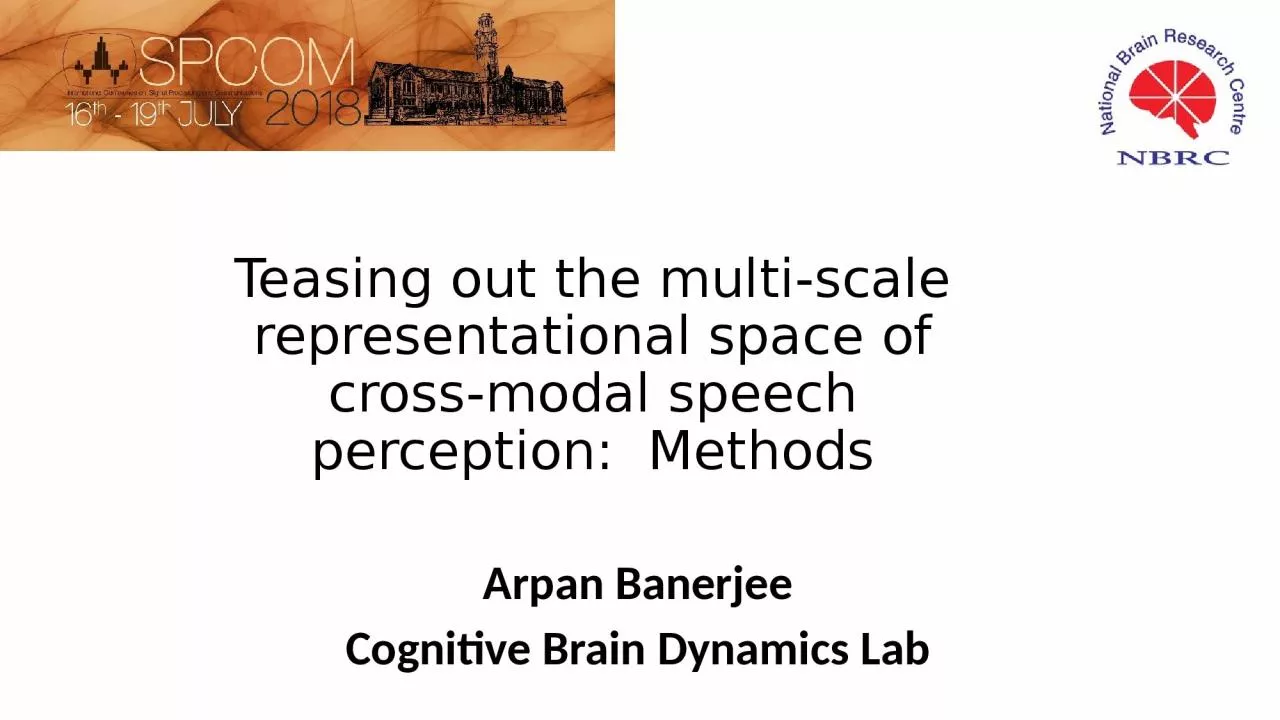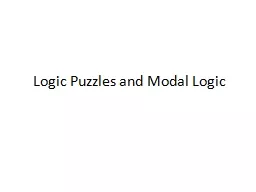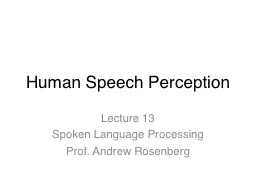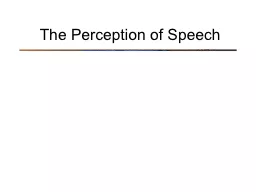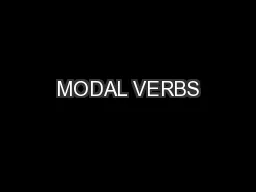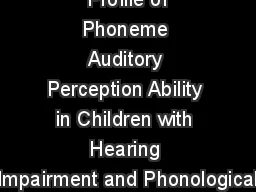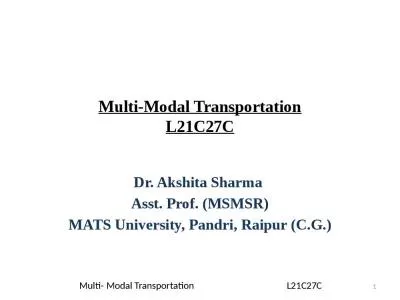PPT-Teasing out the multi-scale representational space of cross-modal speech perception:
Author : PeacefulPlace | Published Date : 2022-08-02
Methods Arpan Banerjee Cognitive Brain Dynamics Lab Overview EEG MEG Origins and signals Key concepts Times series and spectral estimates Extracting functional and
Presentation Embed Code
Download Presentation
Download Presentation The PPT/PDF document "Teasing out the multi-scale representati..." is the property of its rightful owner. Permission is granted to download and print the materials on this website for personal, non-commercial use only, and to display it on your personal computer provided you do not modify the materials and that you retain all copyright notices contained in the materials. By downloading content from our website, you accept the terms of this agreement.
Teasing out the multi-scale representational space of cross-modal speech perception: : Transcript
Download Rules Of Document
"Teasing out the multi-scale representational space of cross-modal speech perception: "The content belongs to its owner. You may download and print it for personal use, without modification, and keep all copyright notices. By downloading, you agree to these terms.
Related Documents

